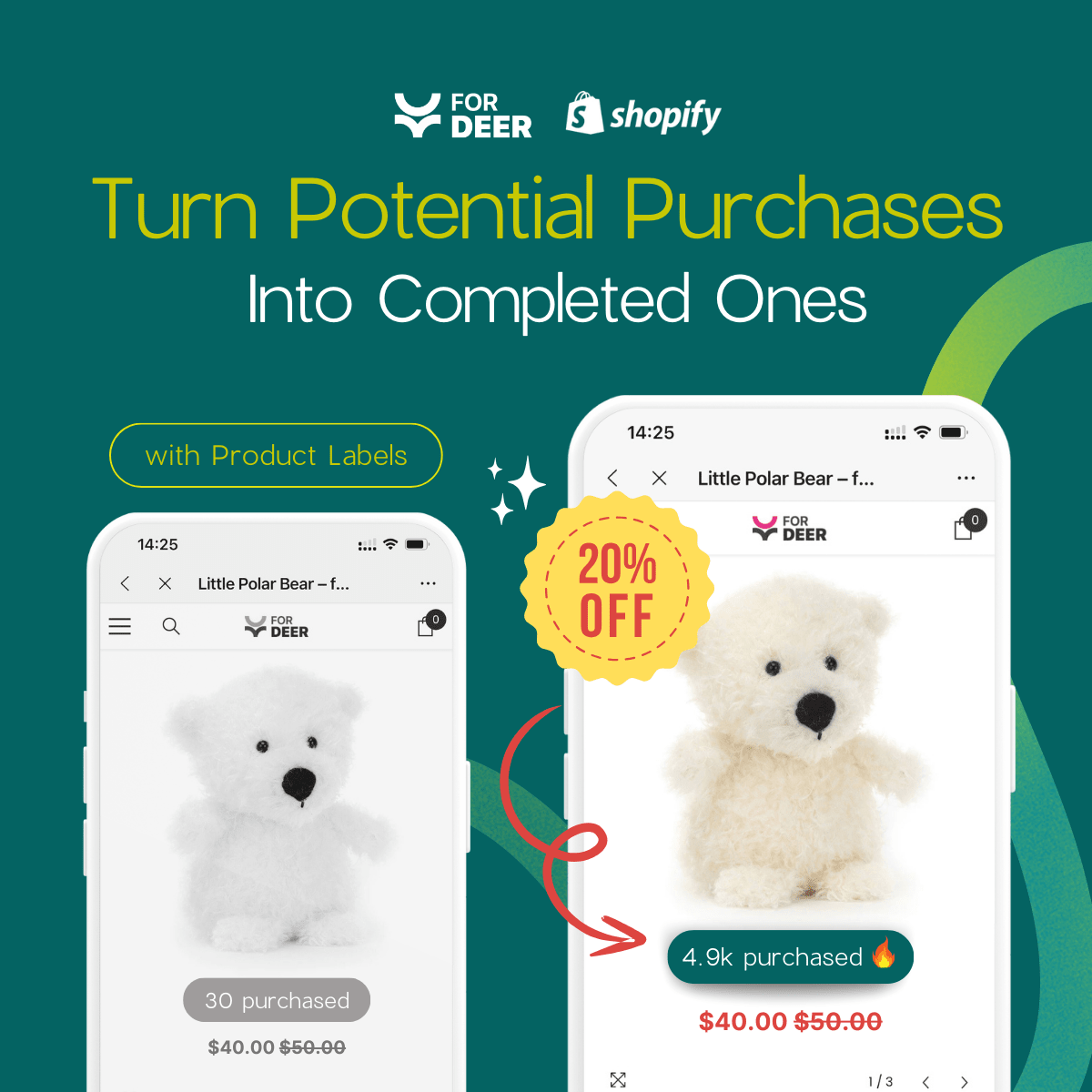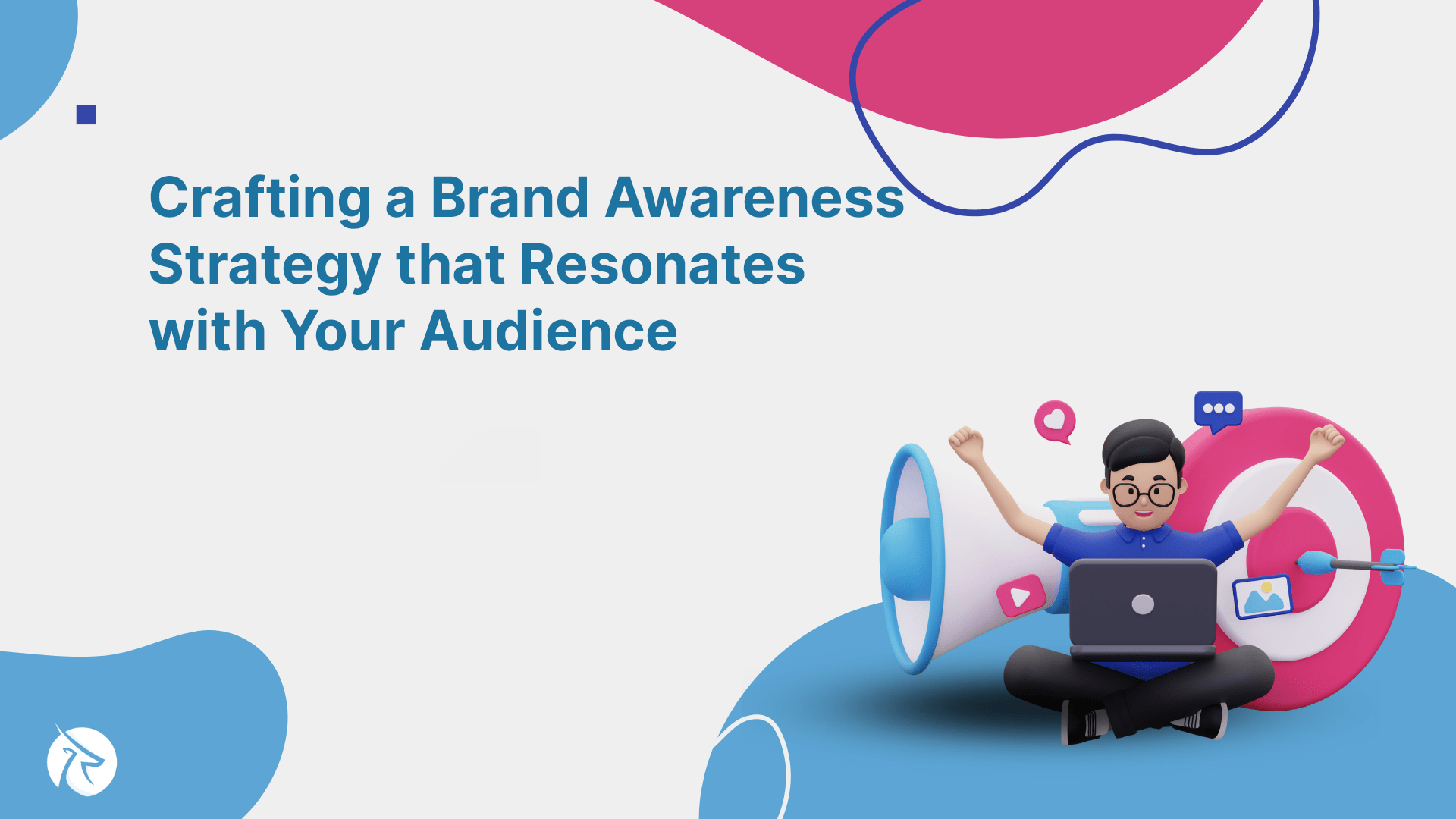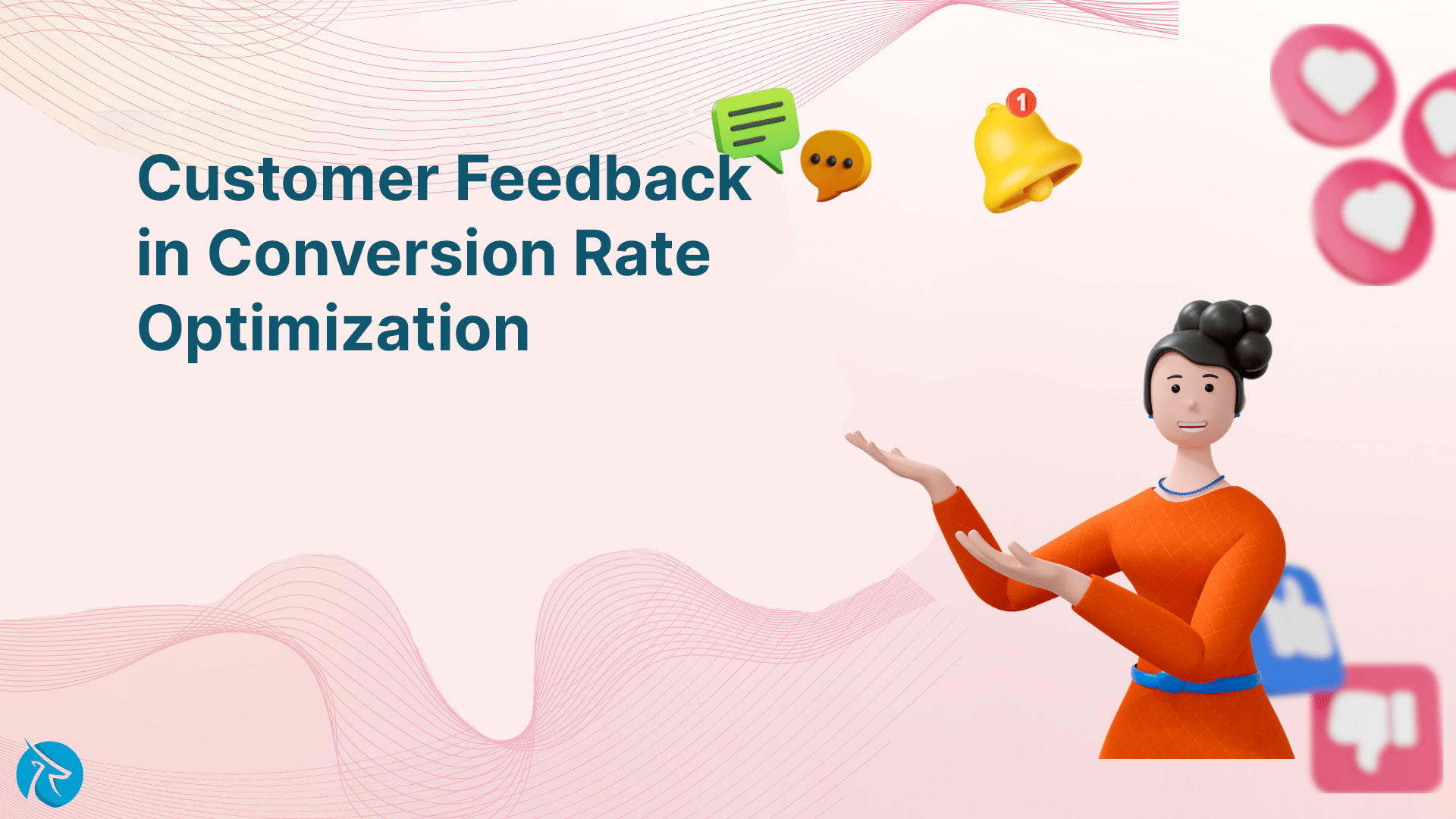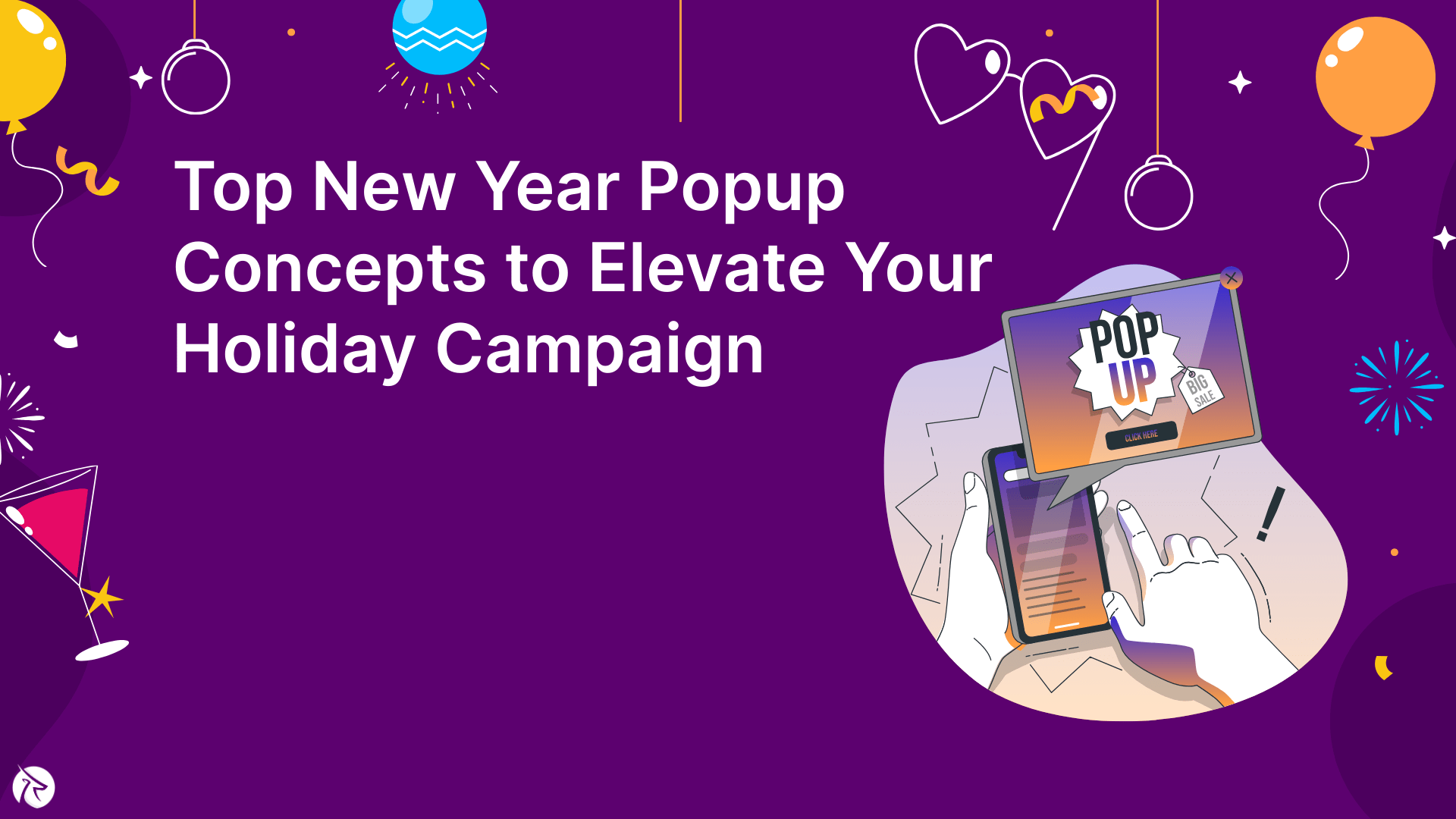5 Psychological Hacks to Turn Website Visitors into Paying Customers
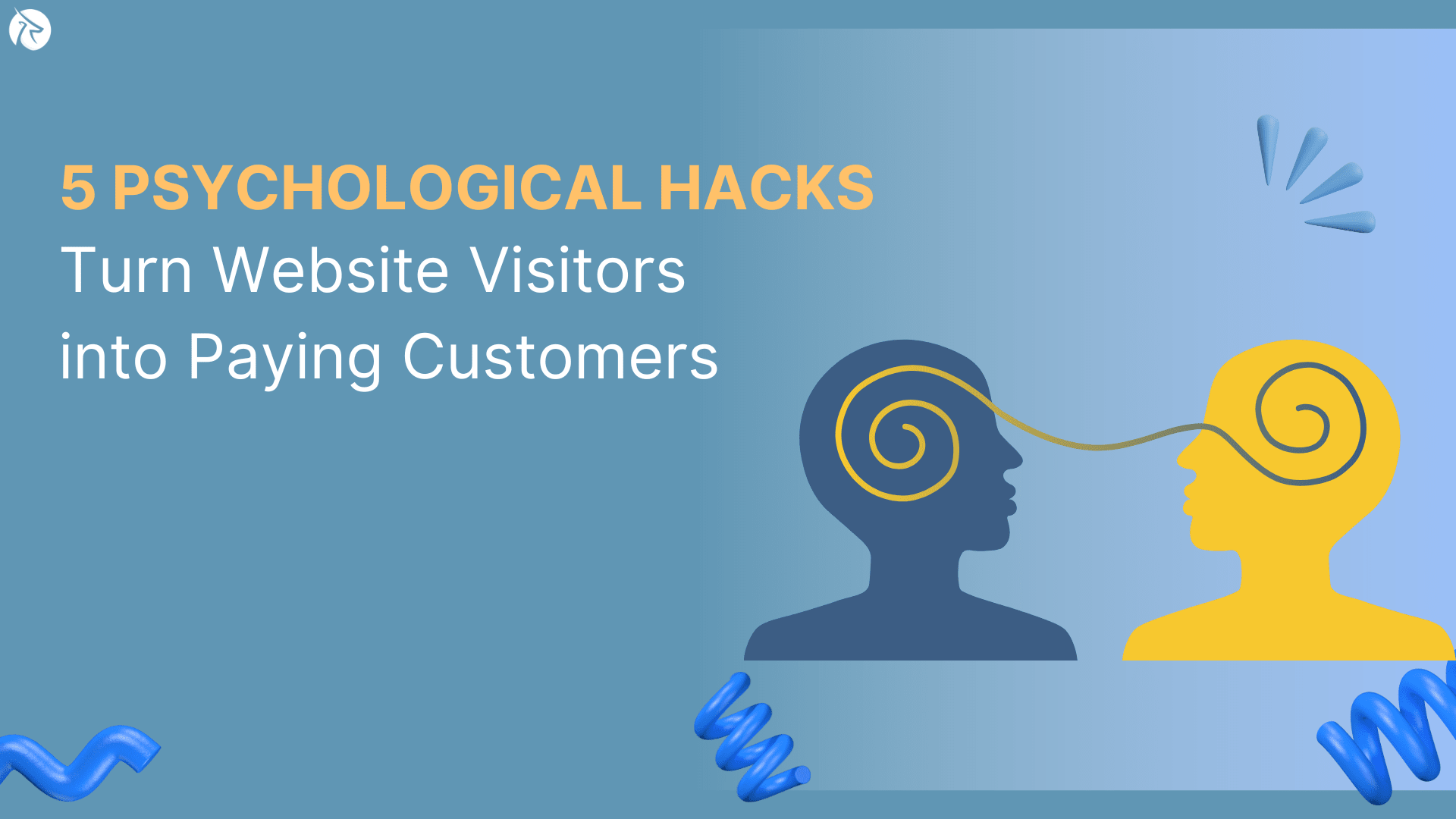
Converting website visitors into paying customers is the ultimate goal of businesses, as the market is getting more and more competitive. While a visually appealing website and a great product are crucial, understanding the psychology of your audience can be a game-changer. In this blog post, Fordeer will give you five psychological hacks that can help you turn casual visitors into devoted customers.
Understanding psychological hacks
The basics of psychological hacks
To make sure you all have a good grasp of psychological hacks, let’s dive deeper into their definition. Psychological hacks refer to strategies or techniques that leverage principles of human psychology to influence behavior, decisions, or reactions.
In the context of online marketing and business, these hacks are employed to enhance user engagement, increase conversion rates, and ultimately drive desired actions from the audience. These tactics are rooted in an understanding of how people think, make decisions, and respond to various stimuli.
The importance of psychological hacks in eCommerce
Of course, in every business, the quality of products or services is of paramount importance. That said, the implementation of psychological hacks in eCommerce is still crucial for several reasons, as it can significantly impact user behavior, improve the customer experience, and ultimately drive sales.
Enhancing user experience
Psychological hacks can be employed to create a seamless and enjoyable user experience. By understanding how users think and behave, eCommerce businesses can optimize their websites for easier navigation, simplified decision-making, and overall user satisfaction.
Building trust and credibility
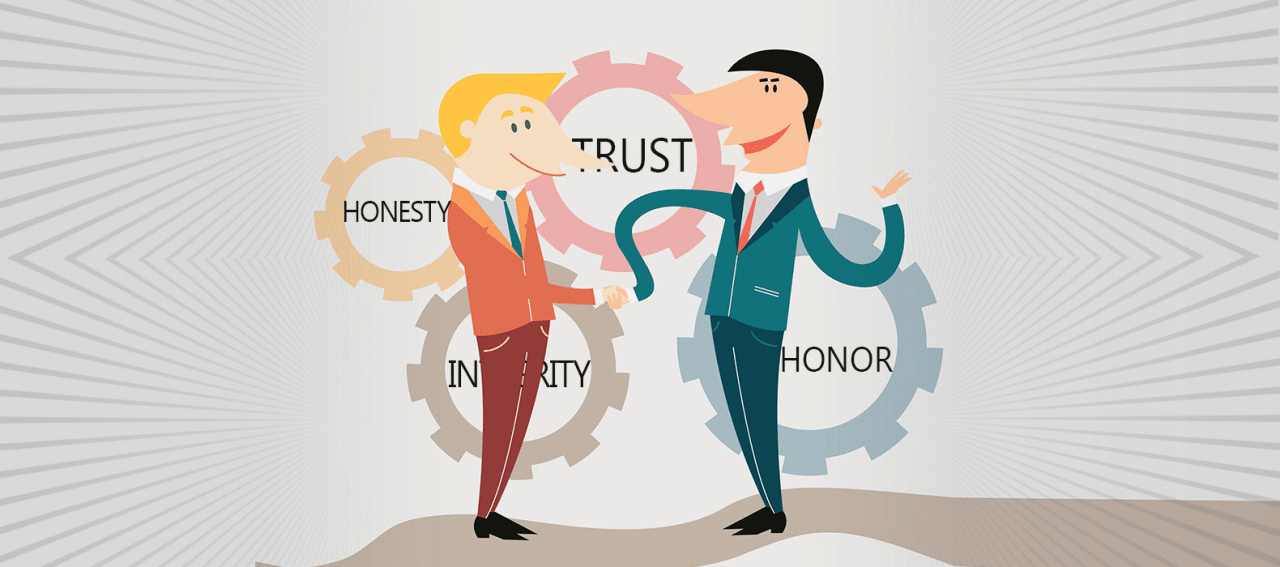
Trust is a crucial factor in eCommerce, especially when customers cannot physically interact with products. Psychological hacks, such as displaying positive reviews, testimonials, or endorsements, contribute to building trust and credibility. When users trust a brand, they are more likely to make a purchase.
Optimizing product presentation
Understanding how users perceive and respond to product presentations is vital. Psychological principles can be applied to optimize product images, descriptions, and placement on the website to capture attention, highlight key features, and influence buying decisions.
Fostering customer loyalty
Psychological hacks can contribute to creating a positive emotional connection between the brand and the customer. Emotional storytelling, personalized recommendations, and loyalty programs are examples of strategies that can foster customer loyalty, encouraging repeat business.
Reducing cart abandonment

Cart abandonment is a common challenge in eCommerce. By applying psychological principles, such as offering limited-time discounts, reminding users of the value they will receive, or simplifying the checkout process, businesses can address common reasons for cart abandonment and recover potentially lost sales.
Adapting to individual preferences
Personalization based on user preferences is a powerful psychological tactic. By leveraging data analytics and AI, eCommerce platforms can provide personalized recommendations, discounts, and content tailored to individual users, enhancing the overall shopping experience.
Stimulating impulsive buying
Creating a sense of urgency, highlighting limited stock, or offering exclusive deals are psychological triggers that can stimulate impulse buying. These tactics capitalize on the natural human tendency to act quickly in perceived time-sensitive situations.
5 Psychological Hacks to Turn Website Visitors into Paying Customers
Hack 1: Social proof
What is it?
According to Wikipedia, social proof is a psychological and social phenomenon wherein people copy the actions of others in choosing how to behave in a given situation. In the world of eCommerce, people often look to others for guidance on how to behave. Using testimonials, reviews, or displaying the number of satisfied customers can build trust and influence potential buyers.
How to use it?
In the realm of testimonials, consider going beyond mere text by including full names, photos, and even video testimonials where appropriate. This multi-dimensional approach not only adds authenticity but also allows your audience to connect on a more personal level, seeing real faces and hearing genuine voices attesting to the benefits they've reaped by choosing your products or services.
On e-commerce platforms, the power of reviews cannot be overstated. Encourage customers to share their thoughts on specific products, detailing how these items have not only met but exceeded their expectations. This transparency not only builds trust but also positions your brand as one that values customer feedback.
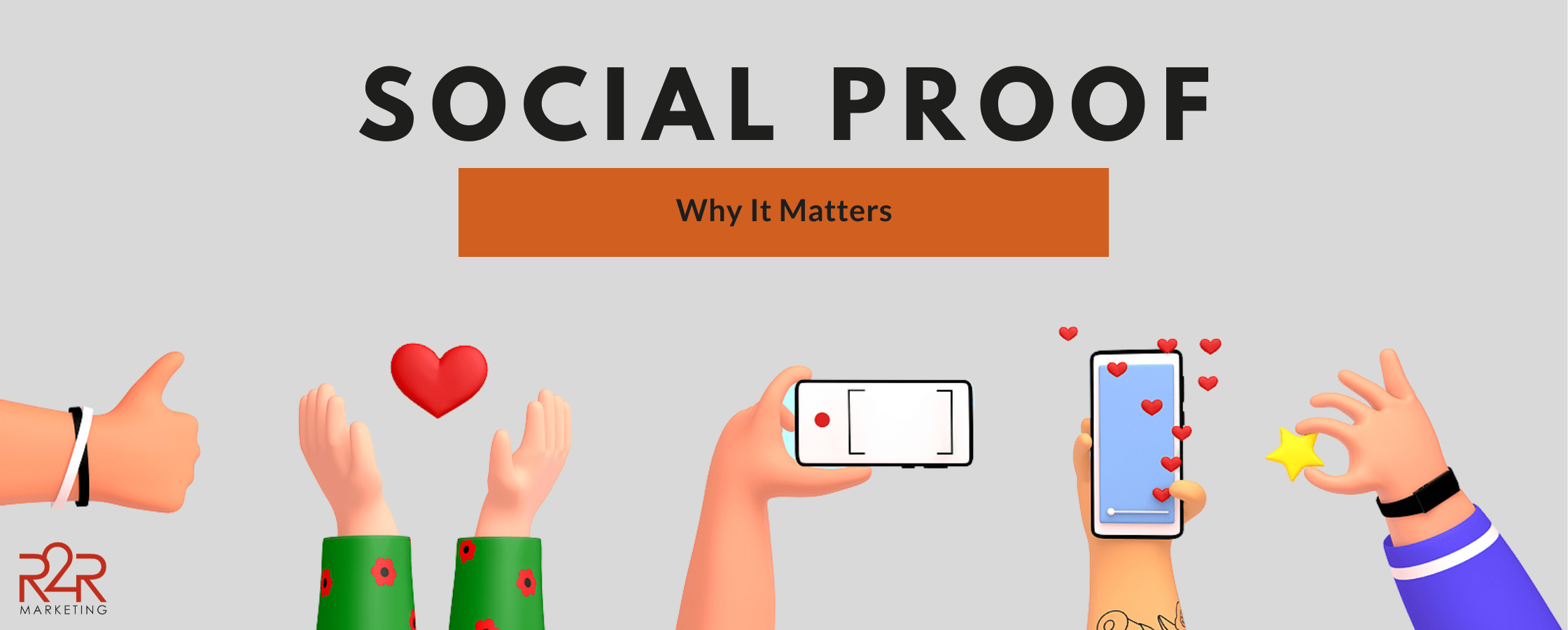
Another persuasive tactic is showcasing proof in numbers. This strategy is particularly effective for businesses that have successfully scaled, reinforcing the notion that a significant number of individuals have found value in what you offer.
It's not just about products or services; it's about the real people who have benefited from and found value in what you provide. By weaving these narratives into your online presence, you not only enhance your credibility but also establish a relatable and trustworthy brand that goes beyond transactions to build lasting connections with your audience.
Hack 2: Authority
What is it?

Even in this day and age, we hold the belief that individuals or entities with a measure of authority, whether tangible or perceived, continue to weld influence.
How to use it?
When visitors land on your site, make sure they are greeted by a visual affirmation of your credibility. You should seek out badges from reputable entities such as chambers of commerce, certifying organizations, and the Better Business Bureau (BBB).
Moreover, you’d better remember to only display those that you've rightfully earned, turning your website into a badge of honor. You should avoid redirecting users to external sites; instead, place these trust-enhancing icons directly on your platform. This not only reinforces your legitimacy but also provides a subtle assurance to potential customers that they are in trustworthy hands.
Each badge on your website tells a story of your commitment to excellence. You should take the opportunity to craft compelling narratives around these badges.
Also, you can share the journey of earning certifications, highlight the standards upheld, and emphasize the significance of each accolade. This not only adds a human touch to your brand but also provides visitors with a deeper understanding of the values that underpin your business.
Hack 3: Scarcity
What is it?
Scarcity is one of the defining features of economics. It deals with how people satisfy unlimited wants and needs with limited resources. In eCommerce, scarcity is the idea that the perceived value of something goes up when it’s limited.
How to use it?
You can create a sense of urgency by emphasizing the limited time available for decision-making. For instance, if you're hosting a webinar with potentially unlimited seats, leverage the psychological principle of scarcity by underlining the time-sensitive nature of registration. You should prompt your users with messages like "Seats are filling up fast; secure your spot before time runs out!"
Plus, you can incorporate sale price countdowns to infuse excitement into your promotional strategy. This not only adds a dynamic element to your marketing approach but also capitalizes on the innate human response to time constraints.
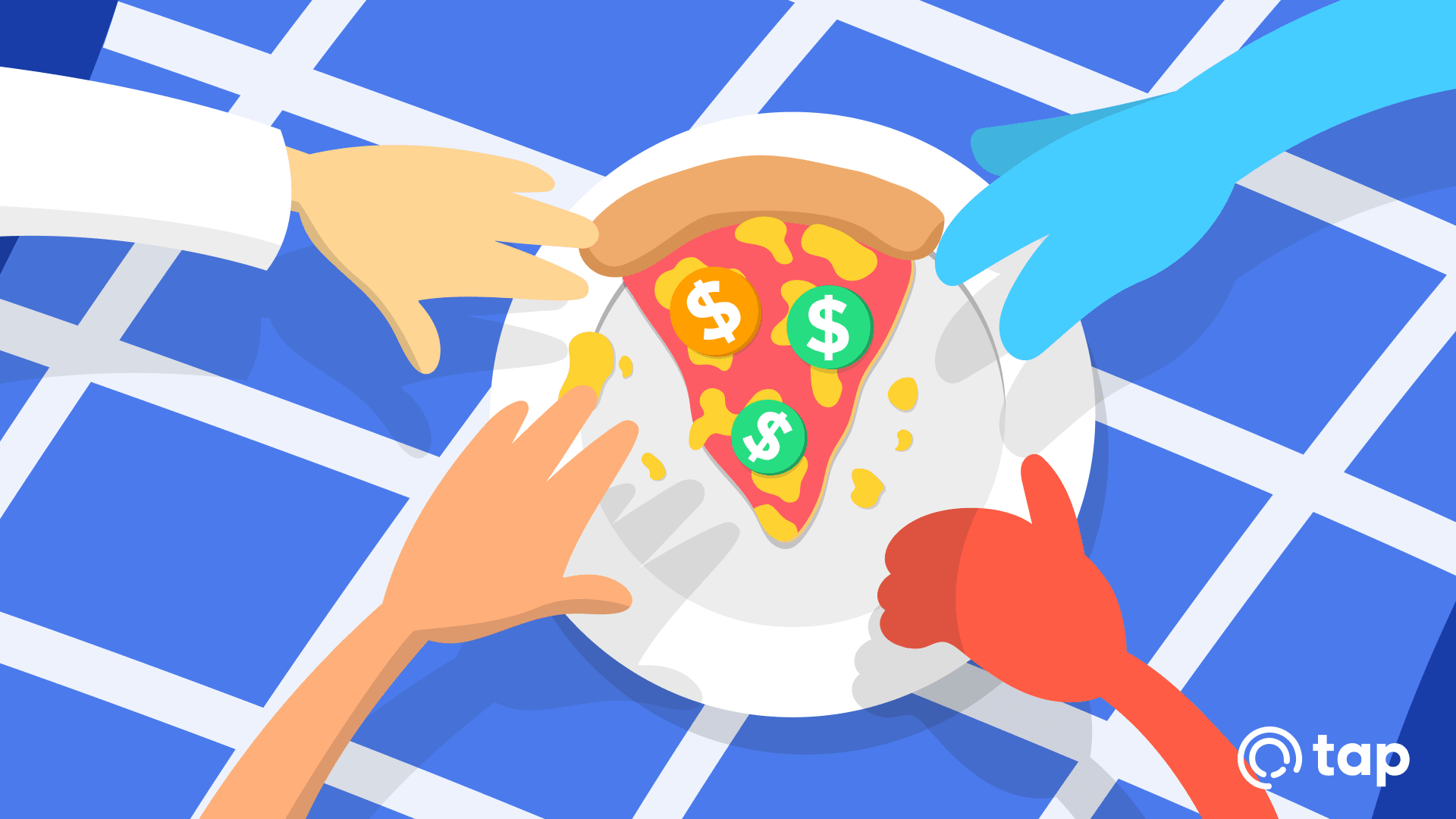
You can take advantage of the changing seasons to roll out irresistible offers, promote a seasonal blowout sale, capturing attention with messages like "Gear up for our Summer Blowout Sale!" This not only aligns your offerings with current trends but also taps into the anticipation and enthusiasm associated with specific times of the year.
By adopting these friendly yet formal tactics, you create an engaging and compelling atmosphere for your audience. The carefully crafted messages not only inform users but also evoke a sense of excitement and exclusivity, driving them towards quicker decision-making and encouraging them to take advantage of limited-time opportunities. This approach not only boosts conversion rates but also enhances the overall customer experience, fostering a positive and memorable interaction with your brand.
Hack 4: Paradox of choice
What is it?
The paradox of choice is becoming a concern in the modern world, where more and more options are becoming easily available to us. The common belief is that a plethora of options ensures a higher likelihood of finding the perfect choice and, consequently, boosts consumer satisfaction.
However, the paradox unfolds when we realize that having an abundance of options isn't the stress-free shopping utopia we might envision. In reality, this surplus of choices demands more effort from us, making the decision-making process a bit of a challenge and, surprisingly, leaving us less satisfied with our ultimate choice. It's quite the paradox, isn't it?
How to use it?
In the vast landscape of your website, every element, from navigation items to links and categories, represents a decision for the user. In order to create a user-friendly environment, you should consider limiting your primary navigation to six items or less. This focused approach ensures that users are not overwhelmed with choices and can easily navigate through your platform.
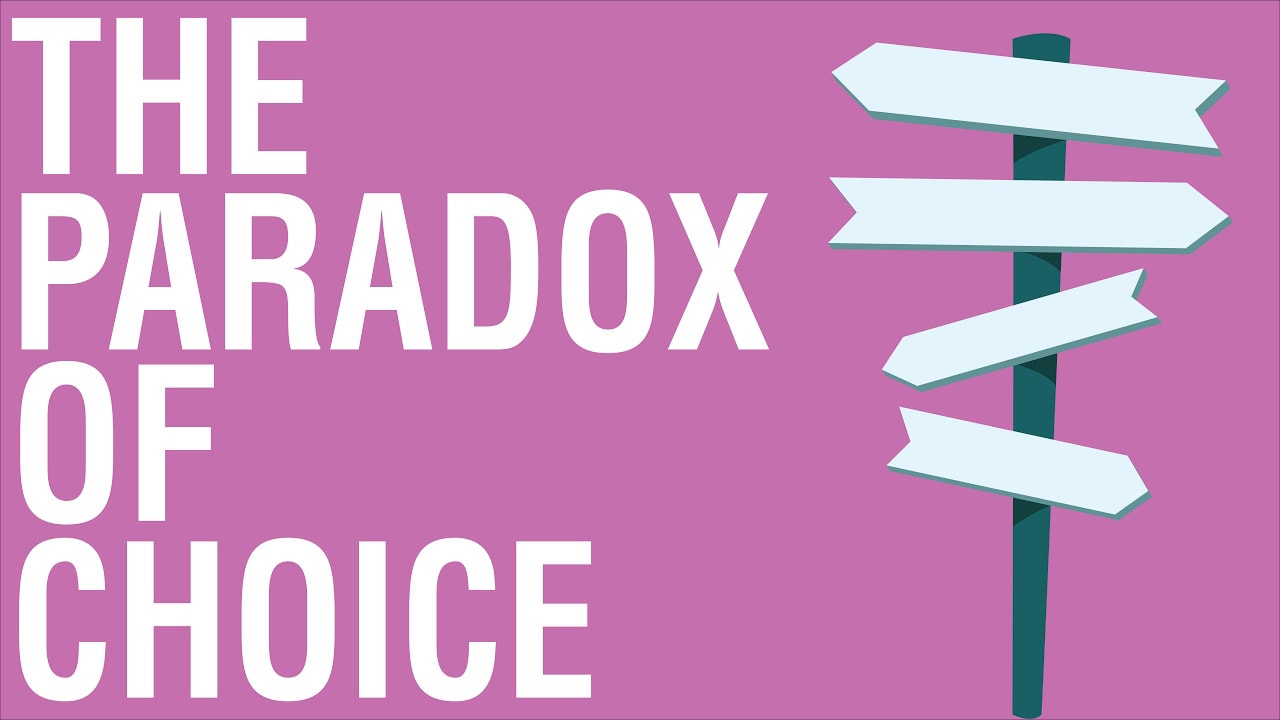
Have you ever heard of the power of three? Abiding by the rule of threes can significantly enhance decision-making simplicity. People find it easier to choose from a selection of three items. If you find yourself with a multitude of options, consider categorizing them into sets of three.
For example, if you offer nine home styles, group them into three umbrella categories, allowing users to make a broad choice first. Once they've narrowed down their preferences, they can then delve into the next set of three choices, creating a more manageable decision-making process.
Hack 5: Reciprocity
What is it?
Reciprocity in eCommerce refers to a social psychology principle where individuals feel compelled to respond in kind when they receive something for free or experience a gesture of goodwill. In the context of online commerce, reciprocity is a powerful tool used by businesses to build relationships with customers, foster positive interactions, and encourage desired behaviors.
How to use it?
You can consider offering an enticing free trial size of one of your products, allowing customers to experience its benefits firsthand before committing to a purchase. This "try before you buy" tactic not only provides a risk-free opportunity for customers to assess the product's suitability but also instills a sense of confidence in their decision-making process.
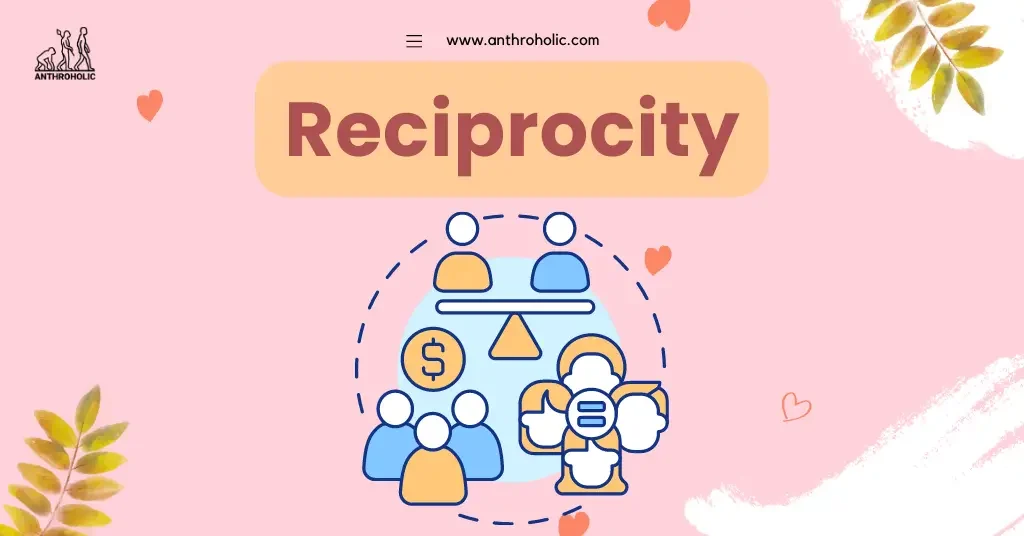
To take this a step further, introduce an incentive for customers to explore the product risk-free for a specified trial period. This approach ensures that they have ample time to evaluate the product's features and functionality. Only after the trial period concludes would any charges be incurred if they decide to retain the product. This not only fosters a sense of transparency but also showcases a commitment to customer satisfaction.
Over to you,
Incorporating these psychological hacks into your website strategy can significantly enhance your ability to turn visitors into paying customers. By understanding and leveraging the principles of urgency, social proof, reciprocity, simplicity, and emotional storytelling, you can create a user experience that not only attracts but also converts visitors into long-term, satisfied customers.
Remember, the key is to build trust, provide value, and appeal to the innate psychological triggers that drive human behavior in the online marketplace. Fordeer Team hope all’s well on your journey ahead!



